- /
- Blog
- /
- SEO vs. SEM: Key...
SEO vs. SEM: Key Differences
& Ranking Drops Explained
SEO vs. SEM: Key Differences & Ranking Drops Explained
Picture this, you have designed an eye-catching website, added valuable content, and now sit back and watch as traffic pours in. For some reason, your website is unable to get the recognition it deserves. You pull up Google and search your website, only to find it buried in the search results, or even worse, missing completely.
At this stage you might have come across two useful tools, SEM and SEO. Search Engine marketing and Search Engine optimization are important to a digital presence but are polar opposites when it comes to their functioning. Let us explore how each of them impact your business’ web presence.
Differentiate between SEO and SEM?
With Google’s policies regarding unpaid placements, any business or marketing that seeks to get visibility through an engine’s results page relies on SEO (Search Engine Optimization). Keywords, strategies, content, technical SEO, and backlinking all improve organic rankings while SEM (Search Engine Marketing) relies on paid placements. Vibrant Branding And Strategies masterfully does both and so they provide SEO Services in Hyderabad and complete digital marketing plans.
What is SEO?
Search engine optimization is the practice of improving a website to get better ranking and visibility in a search engine’s organic search results. Some of these strategies are:
- On-page SEO: One’s website content, keywords, and structure.
- Off-page SEO: Involves backlinking and boosting the domain authority.
- Technical SEO: Website speed, mobile-friendliness, security, etc.
The best thing about SEO is that once a website is set up, it requires minimal spending and it can help attract long term traffic. It is important to note, however, that it often requires a lot of time, money, intensive back linking, and most importantly, effort.
What is SEM?
SEM however entails a paid advertising strategy that allows businesses to pop up at the top of search results as quickly as possible. A great deal of SEM is accomplished with PPC (Pay-Per-Click) advertising. Advertisers bid for keywords, and when users search for these keywords, their ads will appear.
The key benefits of SEM are:
- Exposure and traffic at once.
- Well targeted advertising through select keywords and user intents.
- Results that can be measured in volume and weight.
The major downside of SEM is that it does not serve as a long-term traffic solution until you go on spending on ads. Your visibility lasts as long as you have a budget, and when you run out, so does your visibility.
What Are The Key Differences Between SEO and SEM?
Amount Considered: SEM uses a certain amount to promote its services, while SEO has no advertisement cost, but expenditures must be incurred in increasing content.
Period Required: SEO is a longer process and can take months while SEM is a direct approach and results will show immediately.
Ensure Maintenance: Paid ads stop showing once payment is ceased, while SEO leads to sustained, organic traffic for an indefinite period.
CTR: Users will trust organic results over time which will continuously increase clicks, while paid ads will have little to no engagement as people are not interested in the advertisement.
Target Audience: Building a brand can be achieved through seo while time-sensitive campaigns can be achieved through SEM.
In your opinion, what are the main causes for drops in SEO rankings?
SEO ranking is influenced by numerous factors such as relevancy of keywords, quality of content, website mobile optimization, backlinks, website speed, and technical optimization of the website. Our SEO Services in Hyderabad cover each one of them so your business can reach the coveted top positions in search engines. From Google’s Algorithm Updates to competitor improvements, these are some reasons you could rank lower:
Violations of Google Policies: Personal websites can be negatively affected by unrevoked Google policies. These policies merely require your site to have original fresh SEO friendly content.
Spam Backlink Affiliates: Websites that have established spammy backlinks could get flagged by Google and could be ranked lower for doing so.
Unresponsive Websites: Individual pages that open at a slow pace could lead to user frustration. If the problem persists you may notice higher abandonment rates and a drop in rankings.
Want to maximize your marketing ROI? Our audit & consulting services help identify what’s working and what’s not.
Content Duplication: Google’s first focus is having content that is relevant to the readers, that includes being useful and well optimized. Plagiarized work can be counterproductive.
Engagement Deficits: If a high number of users tend to quickly leave your website, Google assumes that it serves no relevance. These result in dropping rank along with other consequences.
Technical Complications: Things like missing meta descriptions, broken internal or external links can cause issues within your page’s SEO performance leading to worse site engagement.
Rivalry Progress: If your rivals upgrade their webpage content, obtain more backlinks, or improve the total user experience they can gain a higher site rank than you.
SEO and SEM can both be important parts of digital marketing, but the strategy you choose should be based on your objectives. To achieve growth over a long term, SEO is the best option. However, for quick traffic and sales, SEM can deliver immediate results.
Conversely, it is important to follow SEO guidelines so you do not lose your position and fall in rank by surprise. SEO is an ongoing process encompassing routine content creation and modification, site speed enhancement, and backlink audits, and to stay on top of the competition, there must be constant development in all areas.
Share this Article On:
Recent Updates
- 12 February 2025
- 12 February 2025
- 12 February 2025
- 12 February 2025
- 12 February 2025
Have a Question?
If you cannot find answers to your queries, please fill out the enquiry form. We will contact you shortly.








